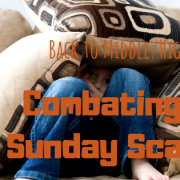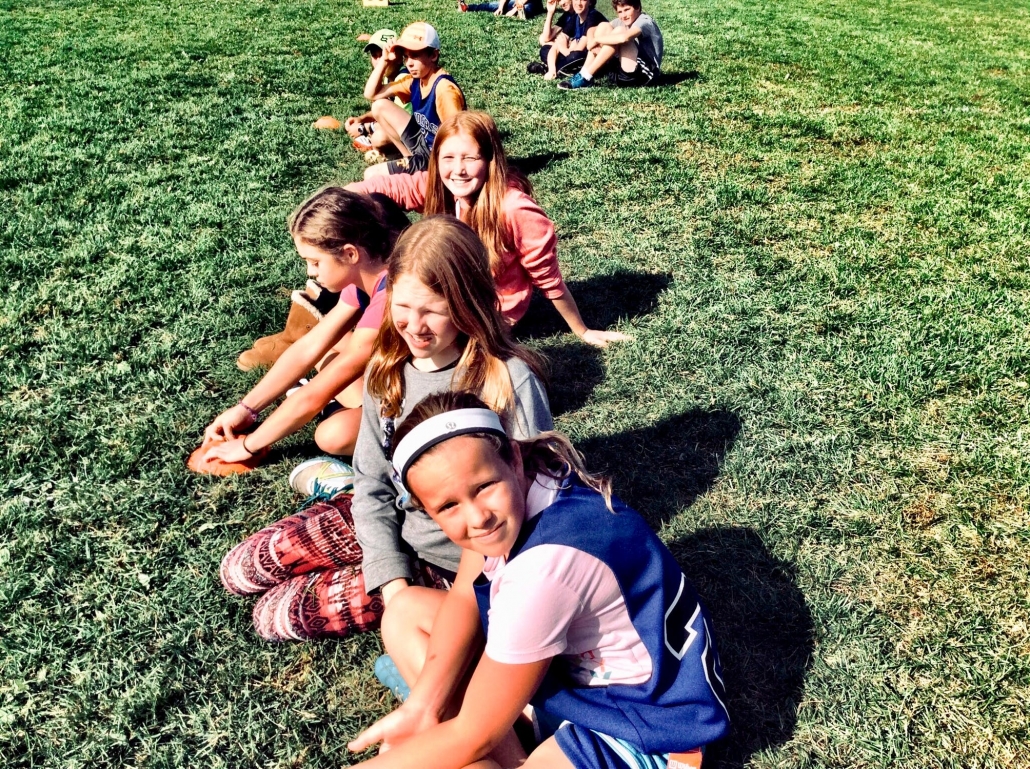Teaching Tolerance in Elementary Classrooms
As educators, we know that there are many, many things that are beyond our control. In fact, some days it seems like outside variables are constantly working against our goals for our students. With home lives, belief systems, opinions, and habits already formed, our young learners enter our classrooms with some knowledge and prejudices that they may not even know that they have acquired. Simply put, what occurs at home or outside of the happy school bubble may not align with the tolerance that we hope to instill in our students. Below are a few activities to reinforce tolerance in the elementary classroom and reintroduce positive mindsets around what it means to be different.
Ask students to pick their favorite color and draw a picture using just that single color. The following day, ask students to draw the same picture using as many colors as they can. On the third day, place drawings side by side and ask students to reflect on their art. Prompt discussion by asking questions like:
- Which drawings depict or show more variety?
- Which drawings are more interesting or lively?
- Which drawings reflect real life more accurately?
- Which drawings attract the eye or incur more fascination?
As students discuss, introduce them to the idea that art imitates life. By this you mean that, just as our drawings are more vibrant and interesting when they are full of different colors and variations, our world becomes more beautiful when we appreciate the differences around and between us.
Encourage students to explore literature that includes a main character with drastically different life experiences from their own. As students explore texts offering new perspectives on the world, utilize a Venn diagram for a compare and contrast activity. Students will put themselves and the novel’s main character into the Venn diagram, which will reveal how similar they might be, despite their differences. In looking closely at the character’s struggles, worries, fears, and overall experiences alongside their own, students begin to empathize with a character that they originally saw as “other” or “different.”
Design challenging, collaborative learning experiences that essentially force students to lean on each other and cooperate in order to achieve success. One example might be a spelling, times tables, or other skills relay race, in which each member of the team must successfully participate to move the entire team forward. Quizlet Live allows teachers to create review games using a collaborative online platform. The site groups students randomly and asks individual questions to various members of each team. Progress is projected on the Smartboard in real-time and creates an intense form of comradery as teams digitally “race” to the finish. Activities like relays or digital relays build community among even the most reluctant students and teach tolerance along the way.
Highlight famous people and historical figures that experienced adversity, unique obstacles, and unconventional upbringings to show students that self-love and self-acceptance are key forms of tolerance as well. Elementary schoolers will be surprised to learn that some of the world’s most celebrated artists, athletes, leaders, and thinkers came from what we would consider to be strange or unusual backgrounds. By highlighting their successes, children begin to view differences as assets, as opposed to deficits.
It is never too young to learn that loving others has to begin with ourselves first. Once we accept our own distinctiveness and individualities, we begin to seek differences in others to achieve personal growth.







 Back to school means a resurgence of the feeling that parents, teachers, and elementary schoolers alike all dread—the Sunday scaries. This alliterative term, while somewhat melodramatic, describes the true sensation of angst or nervousness that begins to bubble up around Sunday evening. Whether the Sunday scaries emerge from the nervousness surrounding an impending due date, upcoming quiz, or just the general apprehension about the school week ahead, we all can relate to that sudden foreboding sense that can quickly turn a calm, lazy Sunday into a frenzied mess.
Back to school means a resurgence of the feeling that parents, teachers, and elementary schoolers alike all dread—the Sunday scaries. This alliterative term, while somewhat melodramatic, describes the true sensation of angst or nervousness that begins to bubble up around Sunday evening. Whether the Sunday scaries emerge from the nervousness surrounding an impending due date, upcoming quiz, or just the general apprehension about the school week ahead, we all can relate to that sudden foreboding sense that can quickly turn a calm, lazy Sunday into a frenzied mess.





